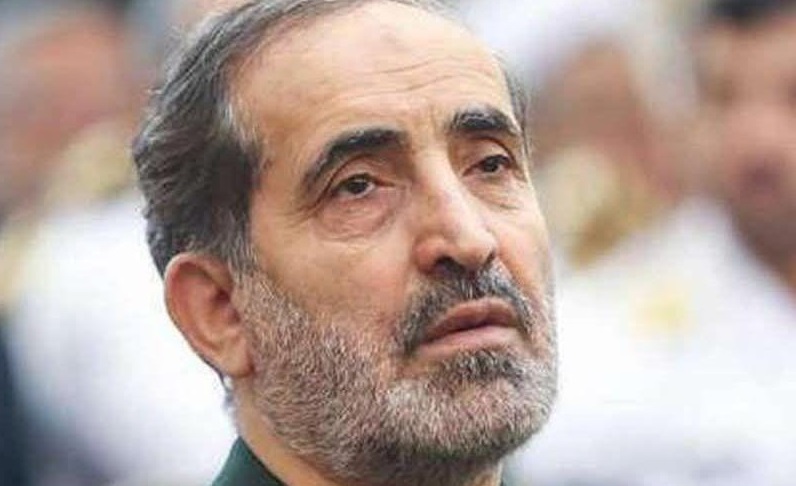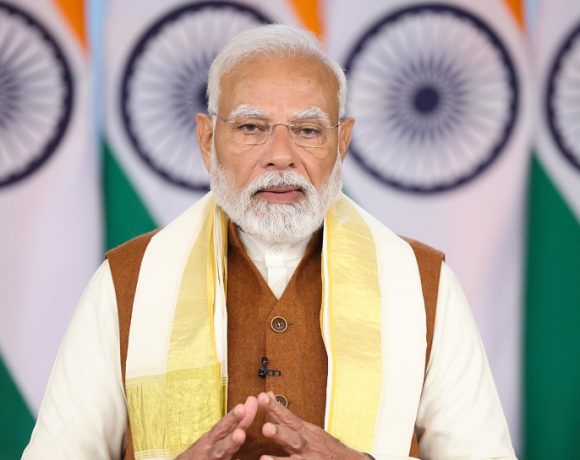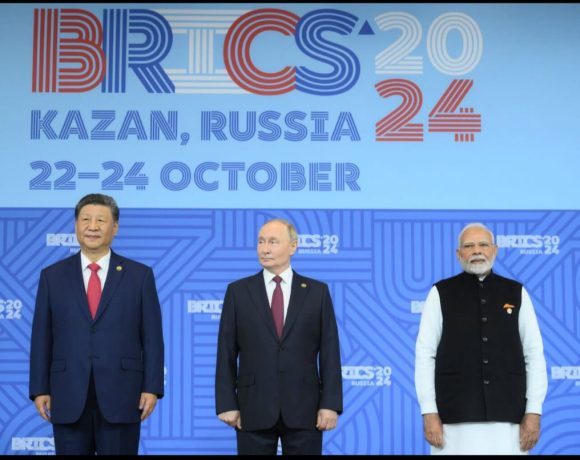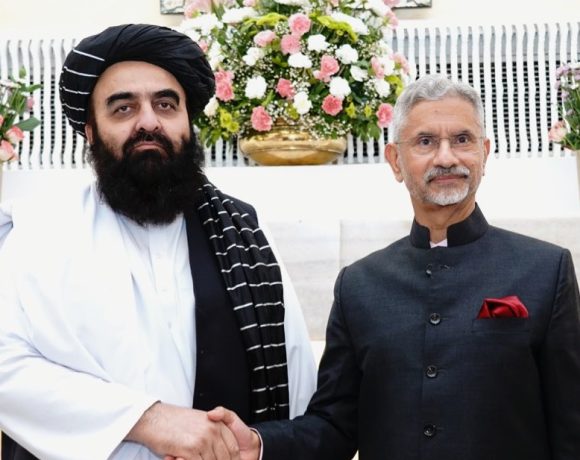
Israel Eliminates Iran’s New War Chief Inside Tehran
In a dramatic escalation of its ongoing conflict with Iran, Israel has eliminated Ali Shadmani, the newly appointed commander of Iran’s central war strategy unit, in a high-precision strike inside Tehran. The operation was carried out just four days after Shadmani assumed the post, following the death of his predecessor, General Gholam Ali Rashid, in a prior Israeli attack.
The strike marks a continuation of Israel’s targeted decapitation strategy, directly aimed at dismantling Iran’s military command structure and paralyzing its strategic response. Shadmani, who had previously served as deputy in the Iranian Armed Forces Joint Staff, was considered a critical node in Iran’s wartime chain of command.
Targeting Tehran’s Core Leadership
This elimination adds to a growing list of top Iranian figures killed in recent Israeli strikes. Within the past week, Iran has lost several senior leaders, including IRGC commander Hossein Salami, Armed Forces Chief Mohammad Bagheri, nuclear oversight official Mohammad Kazemi, and multiple aerospace and cyber division heads. Each of these strikes has taken place within Iran’s borders, including high-security zones in Tehran and Isfahan.
Israel’s operational doctrine has increasingly focused on hitting command continuity by striking not just current leaders but also their immediate replacements—forcing chaos and hesitation into Iran’s military apparatus. The elimination of Shadmani within days of his appointment underscores the efficiency and reach of Israeli intelligence and airstrike capability.
Strategic Implications of Operation Rising Lion
The operation is part of a broader campaign—reportedly code-named Operation Rising Lion—which has involved over 200 fighter sorties, coordinated drone strikes, and precision-guided missile attacks deep inside Iranian territory. The campaign targets not only leadership figures but also Iran’s nuclear infrastructure, air defense systems, and missile arsenals.
Shadmani’s death is expected to cause immediate disruption in Iran’s defense coordination, forcing urgent reshuffles and delaying operational responses. The repeated losses within such a short time frame raise serious concerns about internal cohesion, morale, and Iran’s capacity to retaliate in an organized manner.
What Happens Next?
Iran has vowed to respond, though the scope and timing of any retaliation remain unclear. While Tehran has signaled a desire to avoid all-out war, the killing of high-ranking officials within the capital raises the stakes dramatically. The cumulative leadership vacuum may push Iran’s Revolutionary Guard into more unpredictable action or force it to rely on regional proxy militias.
For Israel, the operation signals not just deterrence but an open message: Iran’s leadership is not immune, even in the heart of Tehran. As both sides brace for the next phase, the regional balance remains on edge—with the potential for miscalculation higher than ever.
This targeted strike may be remembered not just for who it eliminated, but for how decisively it changed the tempo of the Israel–Iran conflict.


















